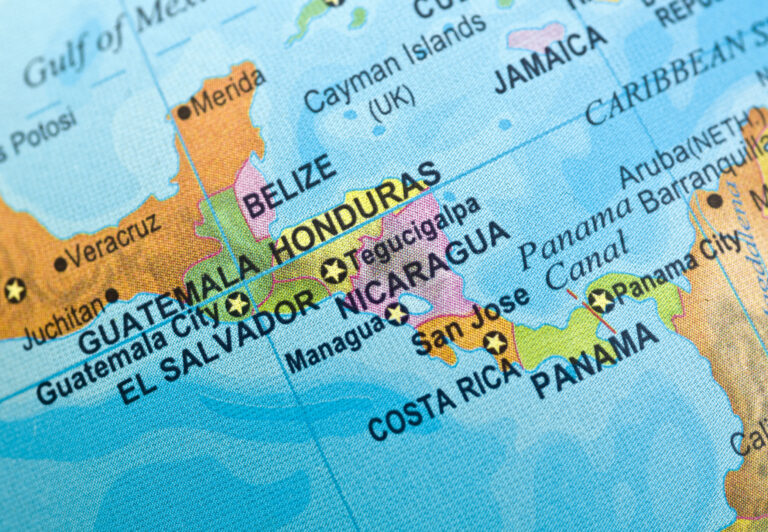Too Many Abortions in New Zealand
The number of abortions in New Zealand is too high, says MP Gordon Copeland, adding that while the ratio of abortions to live births decreased in 2007, there are still too many abortions performed annually in his country.
“Since I have been in Parliament, I have been carefully monitoring the abortion trend in New Zealand by measuring the number of abortions per 1,000 live births, year by year,”’ said Copeland.
“In 2007 the number of births increased dramatically to a total of 64,040 and the number of abortions was 18,380. This equals 287 abortions per 1,000 live births and is a welcome improvement on the average, over the period 2003–2006, where the number was 312 abortions per 1,000 live births. While I welcome that slight improvement, the reality is that New Zealand’s abortion rate is still among the highest in the developed world.
“In the United States, for example, there are 246 abortions per 1,000 live births so, even at the improved figure of 287, there are still 41 more abortions per 1,000 live births in New Zealand than in the USA.
“Also the fact remains that women in New Zealand are two and a half times more likely to get an abortion than in Germany or Holland. Our rate is also a great deal higher than Scotland, Denmark, Norway, England or Wales.
“I see no reason why, with a better legal framework, New Zealand could not achieve outcomes which are much more in line with those other nations. I’m hoping that the High Court will proceed to issue specific guidelines to the Abortion Supervisory Committee. That would be a significant step in the right direction.
“However, at the end of the day, Parliament needs to legislate with the twin goals of both supporting pregnant women and reducing the number of abortions.”
See the Source: Gordon Copeland, Press Release, “Number of abortions still way too high,” Scoop Independent News (New Zealand), 17 June 2008, http://www.scoop.co.nz/stories/PA0806/S00243.htm.
New Zealand Doctors Doing Illegal Abortions
New Zealand doctors perform about 18,000 abortions annually, with 98.9 percent of those done due to “mental health concerns.”
New Zealand’s High Court recently ruled that thousands of these abortions were done illegally, under false diagnoses.
The irregularity was brought to the court’s attention by the Right to Life, reproaching the Abortion Supervisory Committee (ASC) as not being consistent in decisions to provide abortions. The group insisted on a judicial review. The ASC is awaiting further litigation from the High Court, which feels the abortion consultants were applying the law “more liberally than parliament intended.”
Right to Life believes the decision is the most meaningful ruling for New Zealand’s pro-life movement in 30 years.
See the Source: Jenna Murphy, “New Zealand High Court Acknowledges Thousands of Illegal Abortions for ‘Mental Illness,’” LifeSiteNews.com, 10 June 2008, http://www.lifesitenews.com/ldn/2008/jun/08061006.html
Where are the Boys?
Nature has always produced more boys than girls, but in recent decades those rates have changed. No one is sure why the shift in the sex ratio at birth is occurring, but it has been seen worldwide, including in Latin American countries, Finland, Norway, Wales, Italy and the Netherlands. Several Arctic communities have verified a major decline in the number of male births. In the U.S., the number of baby boys to girls has been declining since 1970; there were 17 fewer males for every 10,000 births or about 135,000 fewer boys born between 1970 and 2002, according to a study in Environmental Health Perspectives.
Some experts say the change is part of a natural, cyclical pattern; others believe the change is driven by environmental contaminants interfering with the body’s working order. Experts say such issues could affect males more because they are more vulnerable than girls to illness and death from conception to the grave (the reason nature always produced more males than females at birth). The changes caused since birth control pills and potions have been accepted, although they greatly alter the hormonal make-up of the mother’s body, has strangely not been suggested as a reason for the contamination.
Although the change seems small, “it’s important to look at the really big picture here, which is that there are global indications that something unusual is going on,” said Devra Davis, director of the Center for Environmental Oncology at the University of Pittsburgh. She continued, explaining that one indicator of population health is the sex ratio. Unexpected changes could be a sign that people are at risk biologically.
See the Source: Judith Graham, “Where are the boys? Male births have been declining since 1970,” TwinCities.com Pioneer Press, 9 June 2008, http://www.twincities.com/ci_9524288?IADID=Search-www.twincities.com-










